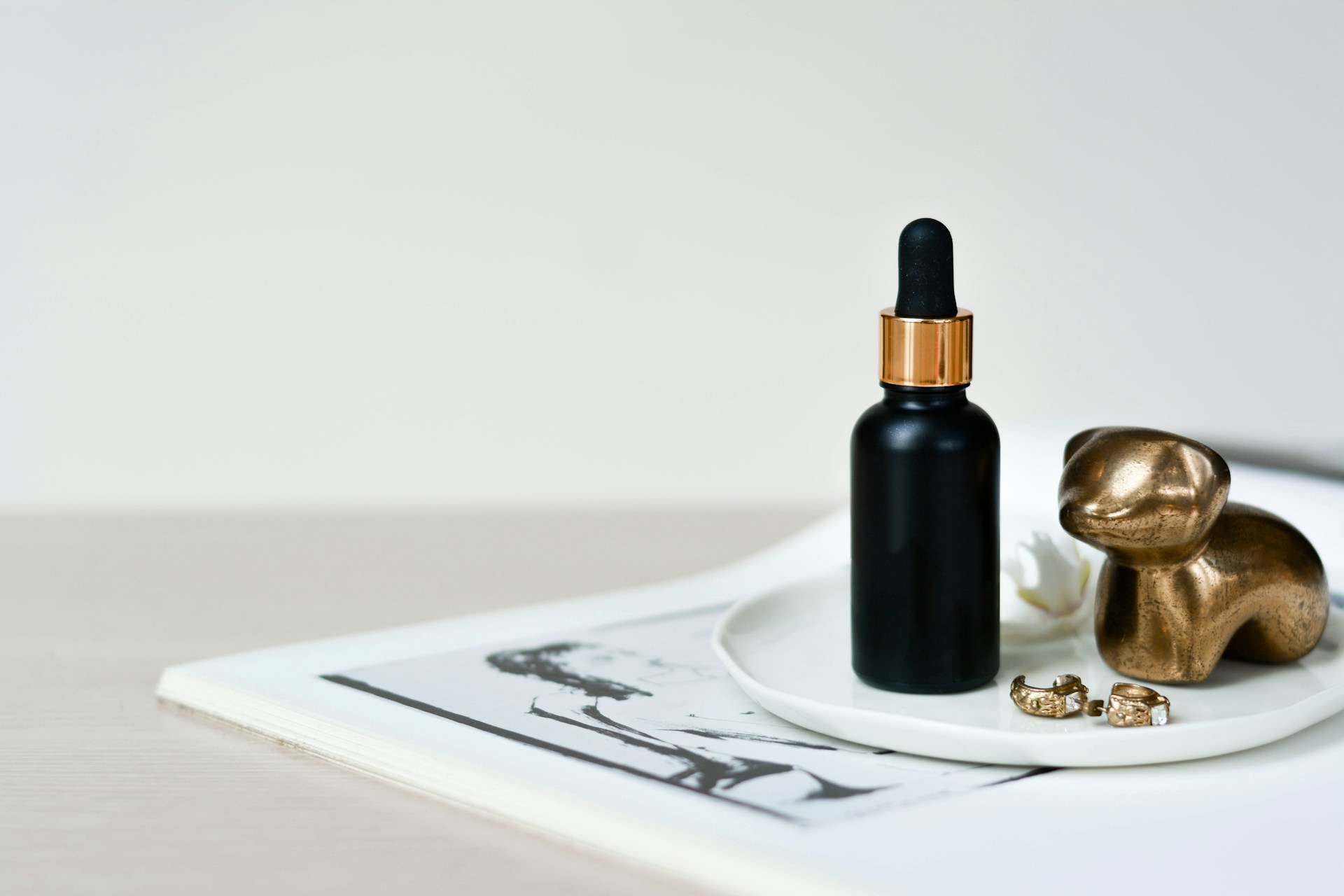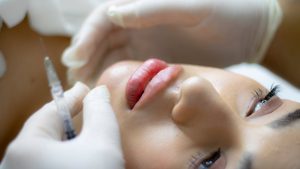Long, full lashes often spark curiosity about whether lash growth serums actually deliver results or just feed into beauty myths. With so many products on the market making bold claims, it can be difficult to separate marketing promises from proven facts. Lash serums can support healthier, stronger lashes, but not every claim you hear is accurate.
Some formulas use ingredients that condition and strengthen, while others aim to extend the natural lash growth cycle. A natural lash serum may help improve lash appearance over time, but results depend on the product’s formulation, consistency of use, and individual lash health. Knowing what works and what doesn’t helps avoid wasted time and money.
By understanding the difference between fact and myth, anyone considering these products can make a more informed choice. This guide breaks down six key points that highlight what lash serums can actually do and what they cannot.

6 Things You Need to Know About Lash Growth Serum (Facts & Myths)
Key Takeaways
- • Lash serums have both proven facts and common myths
- • Effectiveness depends on ingredients and proper use
- • Safety and results vary between different products
Lash Growth Serum: Facts, Myths, and How It Works
Lash growth serums are designed to support healthier, fuller eyelashes by working with the natural lash cycle rather than coating the lashes temporarily. They differ from makeup products like mascara because they aim to improve lash condition and length over time instead of providing instant but short-term results.
What Lash Growth Serums Are and How They Differ from Mascara
A lash growth serum is a topical product applied along the lash line to encourage stronger, longer, and thicker lashes. Unlike mascara, which only darkens and thickens the appearance of lashes for a single day, a serum works gradually over weeks. Mascara is a cosmetic that washes off at the end of the day. Lash serums, in contrast, are part of a daily beauty routine intended to condition and support lash growth at the root.
Some serums contain peptides, vitamins, or botanical extracts that nourish the follicles. Others use prostaglandin analogs, which can extend the natural growth phase of eyelashes. This makes them different not only in purpose but also in formulation compared to traditional makeup. In short, mascara provides immediate visual impact, while lash serums aim for long-term improvements in lash health and appearance.
How Lash Growth Serums Promote Longer and Thicker Lashes
Eyelash growth serums work by targeting the lash growth cycle. Each eyelash goes through three phases: growth (anagen), transition (catagen), and resting (telogen). By extending the anagen phase, certain active ingredients allow lashes to grow longer before naturally shedding.
Key ingredients often found in lash serums include:
- • Prostaglandin analogs: Extend lash growth duration.
- • Peptides: Support stronger lash structure.
- • Hyaluronic acid and panthenol: Hydrate and condition lashes.
- • Botanical extracts: Help improve overall lash health.
With consistent use, many people notice the appearance of longer, thicker, and fuller lashes after several weeks. However, results depend on the specific formula and individual response. Unlike mascara, which gives an instant effect, the benefits of serums require patience and regular application.
Common Myths and Misconceptions About Lash Growth Serums
One common myth is that all lash serums work the same way. In reality, formulas vary widely, and not all contain ingredients proven to stimulate lash growth. Some are primarily conditioning treatments, while others use active compounds that influence the lash cycle. Another misconception is that lash serums deliver permanent results. Once use is stopped, lashes typically return to their original growth pattern. The improvements are maintained only with continued application.
Some believe lash serums are completely risk-free. While many are safe, products with prostaglandin analogs may cause side effects like skin darkening or irritation in sensitive individuals. Consulting a dermatologist before starting a new serum is recommended. Finally, it is often assumed that serums replace mascara. In practice, many people use both—serums for long-term lash health and mascara for immediate enhancement within their daily beauty routine.
Ingredients, Effectiveness, and Safety Considerations
Lash serums vary widely in what they contain, how they work, and how safe they are for daily use. The effectiveness depends on the active ingredients, while safety is shaped by both the formula and how carefully it is applied.
Key Ingredients in Lash Growth Serums: What Really Works
The most effective lash serums often include peptides and amino acids, which help support lash strength and reduce breakage. These ingredients work by nourishing hair at the follicle level, making lashes appear fuller over time.
Biotin and vitamin E are also common. Biotin supports keratin production, while vitamin E provides antioxidant benefits that may protect follicles from damage. Although these nutrients are helpful, they do not directly stimulate new lash growth.
Prescription formulas like bimatoprost, found in Latisse, have been clinically proven to extend the anagen phase(growth phase) of eyelashes. This leads to longer and denser lashes, but such products require medical supervision due to possible side effects.
Potential Side Effects and How to Use Lash Serums Safely
Even though many lash serums are safe, they can still cause eye irritation, redness, or skin darkening around the eyelids. Reactions are more common with prostaglandin analogs like bimatoprost. To reduce risks, users should:
- • Apply only to the upper lash line.
- • Avoid direct contact with the eye.
- • Use a clean applicator each time.
- • Discontinue use if irritation persists.
Dermatologists and ophthalmologists often recommend starting with a patch test before regular use. For people with sensitive skin or eye conditions, consulting a professional is the safest approach.
Conclusion
Lash growth serums can support healthier-looking lashes, but results vary depending on ingredients and individual response. Products with prostaglandin analogs often show stronger effects, while peptide or vitamin-based formulas may provide more modest improvements. Consumers should weigh potential benefits against possible side effects such as irritation or discoloration. Checking ingredient lists and consulting a dermatologist helps reduce risks.
Marketing claims can sometimes exaggerate outcomes. Understanding the difference between evidence-based results and cosmetic enhancement allows people to make more informed choices. In the end, lash serums may be useful for some, but they are not a guaranteed solution for everyone. Careful product selection and realistic expectations remain essential.











